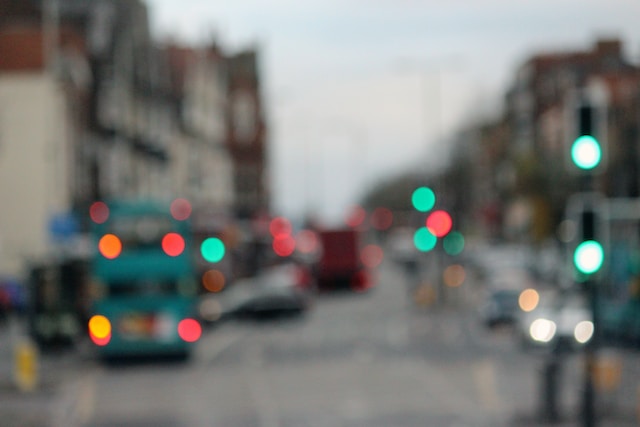If you’ve ever had an upset stomach on a rocking boat or turbulent flight, you know what motion sickness is. It doesn’t cause long-term problems, but it can make life difficult, especially if you travel a lot. Children ages 5 to 12, women, and older people are on average more likely to suffer from motion sickness than others. It is rare in children younger than 2.
Motion sickness is sometimes referred to by the name of the mode of transportation that causes it, such as motion sickness from traveling by car, airplane, or boat. In general, motion sickness can cause a general feeling of discomfort, nausea, vomiting, headache, sweating. Symptoms usually disappear soon after the motion stops.
1. Why does motion sickness occur?
Individuals experience motion sickness when one part of their balance sensory system (inner ear, eyes and sensory nerves) senses that their body is moving, but the other parts do not. For example, if they are in the cabin of a moving ship, their inner ear can sense the motion of the waves, but their eyes do not see any movement. This conflict between the senses causes motion sickness.

One may feel discomfort from the motion of automobiles, airplanes, trains, amusement park rides, or boats. Video games, flight simulators, or looking through a microscope can also generate a level of discomfort. In these cases, the eyes see the motion, but the body does not sense it.
2. How to prevent motion sickness?
It is best to try to prevent motion sickness because most symptoms are hard to stop once they start. After symptoms begin, you may feel better only after the motion stops. Some general tips include avoiding alcohol or eating a large meal before traveling, as well as strong odors and spicy foods. In a car, it is advisable to sit in the front seat and avoid reading or watching videos.
On a plane it could help to have a seat near the wings and to eat small meals with foods that are easy to digest before and during a long trip. This can help reduce nausea and vomiting. On a boat, it could help to book a cabin near the middle of the boat and the waterline. Also to sit in the middle of the boat and look toward a fixed point on the horizon.
3. Medication and remedies
H1 antihistamines can be obtained without a prescription, however, their use without medical advice is not recommended for the elderly and for pregnant or breastfeeding women. They are taken 2 hours before departure, and then if necessary, during the trip, respecting an interval of at least 6 hours between doses. Scopolamine is presented in the form of a patch to be stuck behind the ear at least 4 hours before departure and to be kept during the whole trip. It can be replaced at least 72 hours (3 days) after the first patch is applied.
H1 antihistamines can be used in adults, children over 2 years old or over 6 years old depending on the medication. Scopolamine is reserved for adults and children over 15 years of age, and is not recommended during pregnancy and breastfeeding.
These different drugs are contraindicated in case of risk of angle-closure glaucoma or risk of urine blockage (linked to a prostate adenoma). They can cause dry mouth, drowsiness or a decrease in vigilance, more or less intense depending on the person.
Many people try other methods to prevent motion sickness, such as powdered ginger capsules or using acupressure bands.













